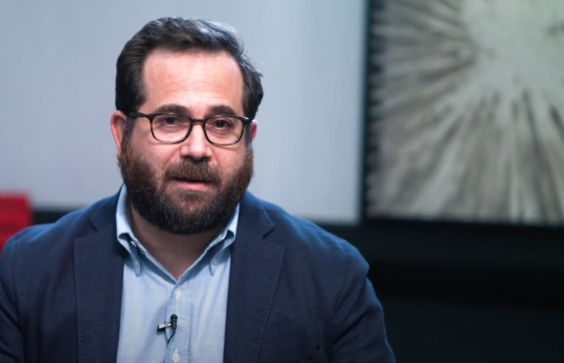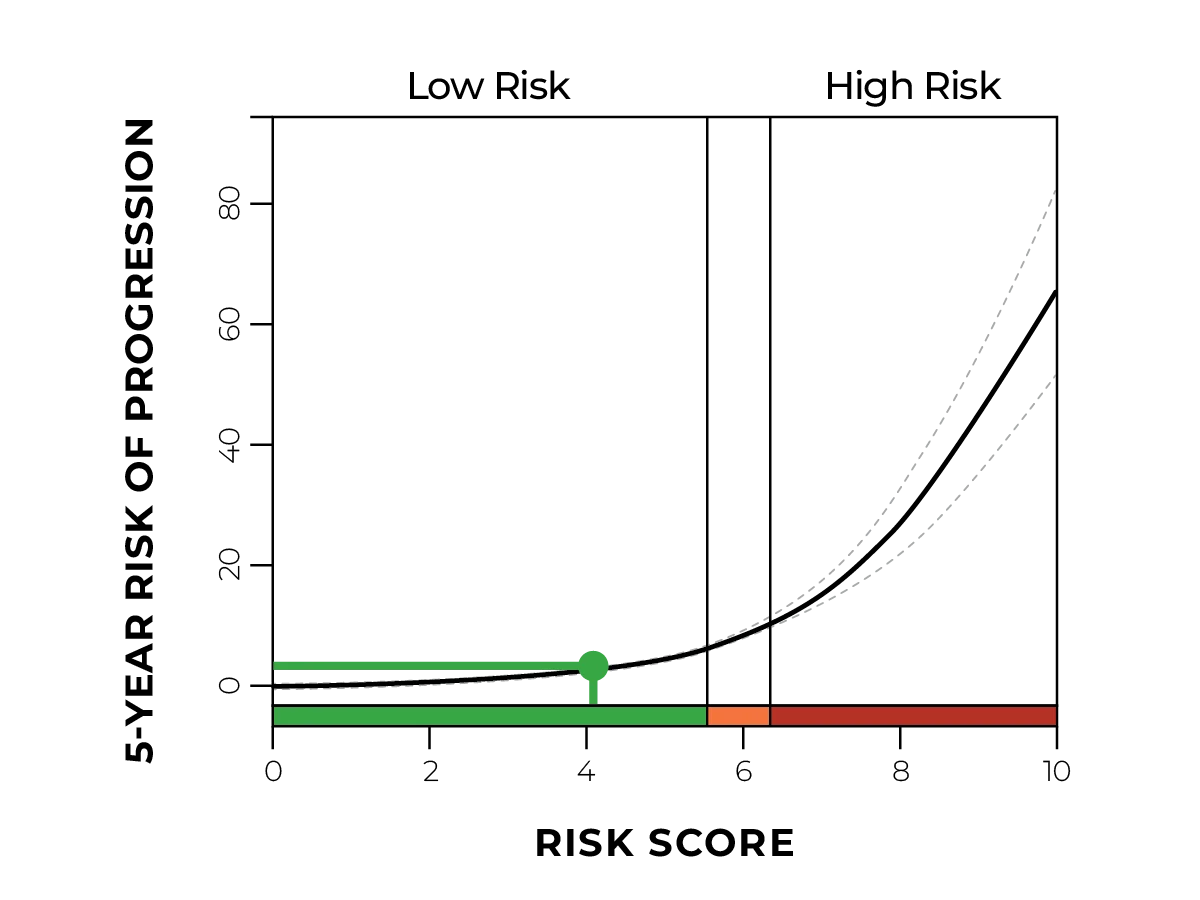
Listen to how Dr. Yepuri handled the case of a young female patient who received an unexpected diagnosis of Barrett's esophagus.
"We're going to be seeing more of these patients that don't quite fit that demographic profile of your typical patient with Barrett's — expect to see more people like this."
Case details

- No relevant family history
- Not obese
- Nocturnal reflux
- No PPI use
- Non-smoker

- Presented for evaluation: 1-year of intermittent solid dysphasia
- No current prescriptions

















.jpg)



